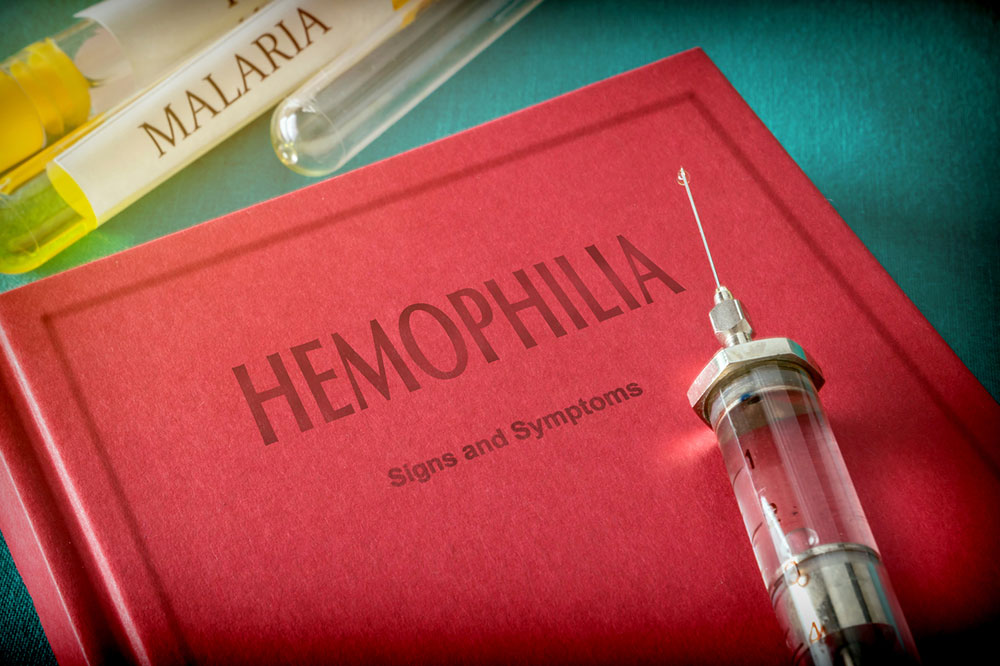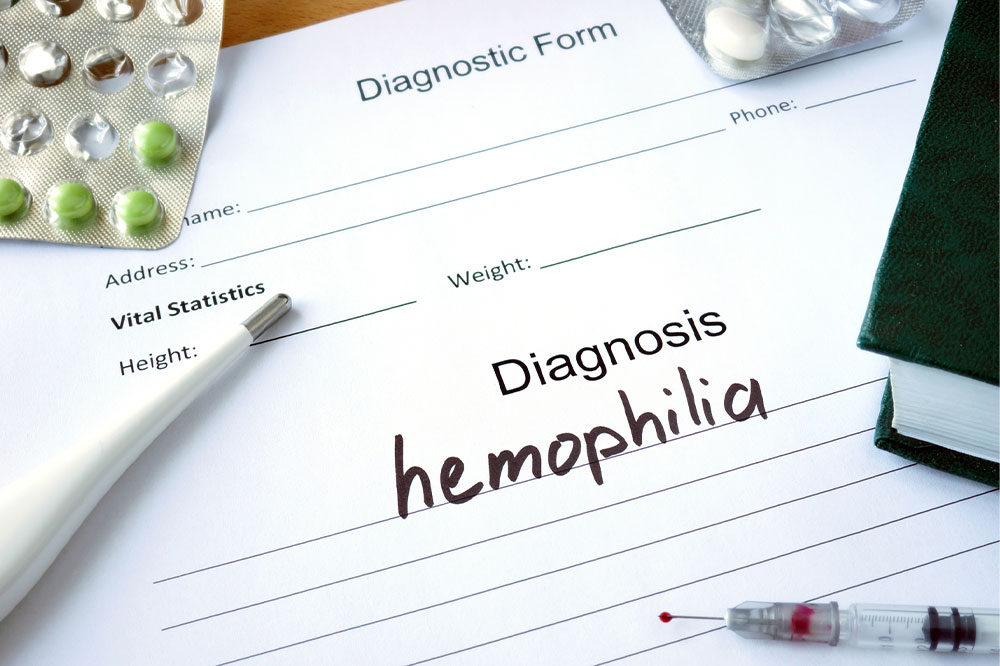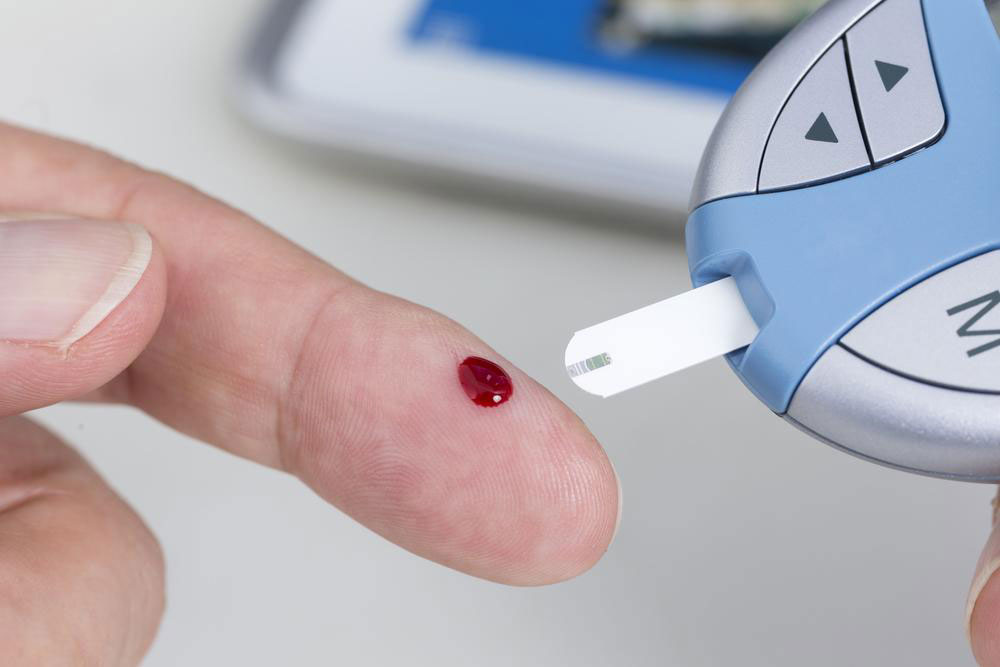Essential Insights into Hemophilia B: What You Need to Know
Learn key facts about hemophilia B, an inherited bleeding disorder affecting blood clotting due to Factor IX deficiency. Understand symptoms, inheritance, and treatment options, including replacement therapy and prophylaxis. Specialized centers provide comprehensive care, improving quality of life. This guide offers essential insights for patients and caregivers seeking to understand and manage hemophilia B effectively.

Essential Insights into Hemophilia B: What You Need to Know
Hemophilia arises when blood plasma lacks sufficient proteins necessary for clot formation. It’s an inherited bleeding disorder impacting individuals by causing abnormal bleeding episodes. The two main types are hemophilia A and B; the former accounts for around 80% of cases, while hemophilia B is relatively rarer, representing about 20%. Although there’s no cure, targeted treatments aim to enable patients to maintain a normal lifestyle. Below are six key facts about hemophilia B:
Hemophilia B is inherited via the X chromosome, making males (XY) more prone to the disorder. Females (XX) are often carriers, passing the faulty gene without necessarily showing symptoms. Still, they can transmit the gene to their children.
Common symptoms include spontaneous nosebleeds, excessive bleeding from minor injuries, blood in stool or urine, prolonged bleeding after dental procedures, extensive bruising, and bleeding into muscles or joints with pain and swelling.
Management involves controlling bleeding episodes, maintaining hemostasis, administering factor IX replacements, and physiotherapy.
Treatment options include factor replacement therapy to elevate blood clotting factors and clotting agents that stabilize clots, thus halting bleeding.
Severe cases benefit from prophylactic treatment, administering regular factor IX injections to prevent bleeding episodes altogether.
Specialized hemophilia centers with multidisciplinary teams—including hematologists, dentists, orthopedists, and surgeons—are recommended to ensure optimal care. These centers also have nurses, social workers, and physiotherapists experienced in managing hemophilia B.
Note:
The information shared here aims to provide helpful insights into hemophilia B. While educational, it should not replace professional medical advice. For personalized diagnosis and treatment, consult a healthcare provider. The website isn't responsible for discrepancies or errors on other platforms or for unlisted programs and options that might benefit patients more than those discussed here.










